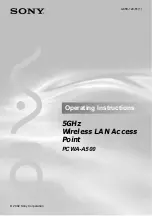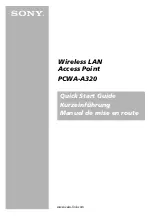
5-6
z
When you use the
dhcp server forbidden-ip
command to exclude an IP address that is bound to
a user from dynamic assignment, the address can be still assigned to the user.
z
When you use the
undo dhcp server forbidden-ip
command to remove the configuration, the
specified address/address range must be consistent with the one specified with the
dhcp server
forbidden-ip
command. If you have configured to exclude an address range from dynamic
assignment, you need to specify an address range in the
undo dhcp server forbidden-ip
command instead of specifying one IP address.
z
Using the
dhcp server forbidden-ip
command repeatedly can exclude multiple IP address ranges
from allocation.
Related commands:
display dhcp server forbidden-ip
,
dhcp server ip-pool
,
network
, and
static-bind ip-address
.
Examples
# Exclude the IP address range 10.110.1.1 to 10.110.1.63 from dynamic allocation.
<Sysname> system-view
[Sysname] dhcp server forbidden-ip 10.110.1.1 10.110.1.63
dhcp server ip-pool
Syntax
dhcp server ip-pool
pool-name
[
extended
]
undo dhcp server ip-pool
pool-name
View
System view
Default Level
2: System level
Parameters
pool-name
: Global address pool name, which is a unique pool identifier, a string of 1 to 35 characters.
extended
: Specifies the address pool as an extended address pool. If this keyword is not specified, the
address pool is a common address pool.
Description
Use the
dhcp server ip-pool
command to create a DHCP address pool and enter its view. If the pool
was created, you will directly enter its view.
Use the
undo dhcp server ip-pool
command to remove the specified DHCP address pool.
By default, no DHCP address pool is created.
Related commands:
dhcp enable
and
display dhcp server tree.
Examples
# Create the common address pool identified by 0.
<Sysname> system-view
[Sysname] dhcp server ip-pool 0
[Sysname-dhcp-pool-0]
















































